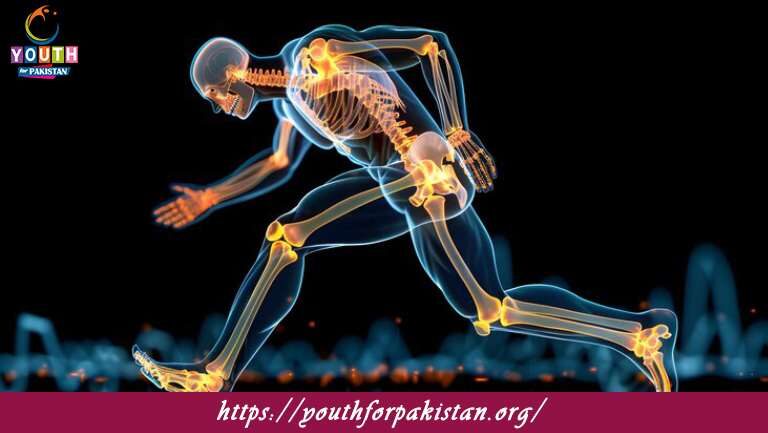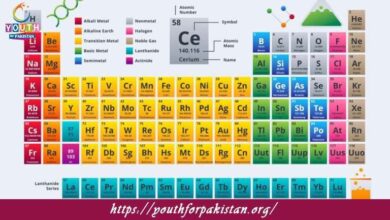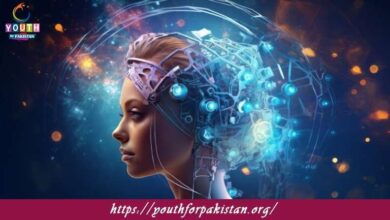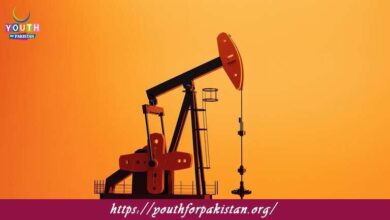12th Class Biology Chapter 16 Quiz with Answers

“12th Class Biology Chapter 16 Quiz: Support and Movement” describes the mechanisms by which organisms, especially humans, are able to support and move. This chapter lays much emphasis on the structures involved in providing support, like bones and muscles, and how they work together to permit movement. It also delves into the processes of muscle contraction and the types of skeletons that provide structural support in different organisms. The systems of support and movement in organisms are important to understand how the organism is related to the environment and the activities essential for life. Try our MDCAT Quiz and free flashcards to better understand this vital chapter.
The Skeletal System: Support and Protection
The skeletal system is the major structure on which the body’s support is based. It comprises bones, cartilage, and ligaments that altogether constitute the human skeleton. The skeleton provides support to the body, gives shape, and even protects internal organs. For instance, the thoracic cage provides protection to the heart and lungs, while the skull provides protection to the brain.
The human skeleton is divided into two parts: the axial skeleton, which consists of the skull, vertebral column, and ribs, and the appendicular skeleton, which includes the limbs and girdles. The bones are joined by joints that give the body freedom of movement. Bone tissue also plays a part in the storage of minerals, such as calcium and phosphorus, that are important for body function.
The Muscular System: Movement
The muscular system works together with the skeletal system to facilitate movement. Muscles are attached to bones by tendons and are responsible for generating the force required for movement. There are three types of muscles in the human body: skeletal muscle, smooth muscle, and cardiac muscle.
Skeletal muscles are under voluntary control and are responsible for movements such as walking, lifting, and running. They contract when stimulated by electrical impulses from the nervous system. Smooth muscles, found in organs such as the intestines and blood vessels, control involuntary movements such as the movement of food through the digestive system. Cardiac muscle, found in the heart, enables the contraction of the heart to pump blood throughout the body.
MDCAT Quiz: Support and Movement
Test your knowledge of the skeletal and muscular systems with our MDCAT Quiz on support and movement. This quiz covers key concepts such as bone structure, muscle contraction, types of joints, and the functions of different types of muscles. It will help reinforce your understanding and prepare you for relevant exam questions.
- Test Name: 12th Class Biology Chapter 16 Quiz
- Type: Quiz Test
- Total Questions: 30
- Total Marks: 30
- Time: 30 minutes
Note: Answer of the questions will change randomly each time you start the test, once you are finished, click the View Results button.
Free Flashcards for Support and Movement
Use free flashcards to review quickly the important terms and concepts associated with the skeletal and muscular systems. The flashcards are on the structure of bones, types of muscles, and mechanisms that produce movement. They’re useful for revision and make sure you don’t forget the important information.
Experience the real exam environment with our expertly designed collection of over 25,000 MCQs MDCAT Mock Tests.






